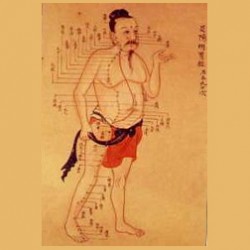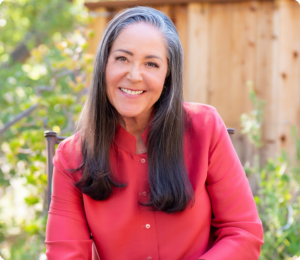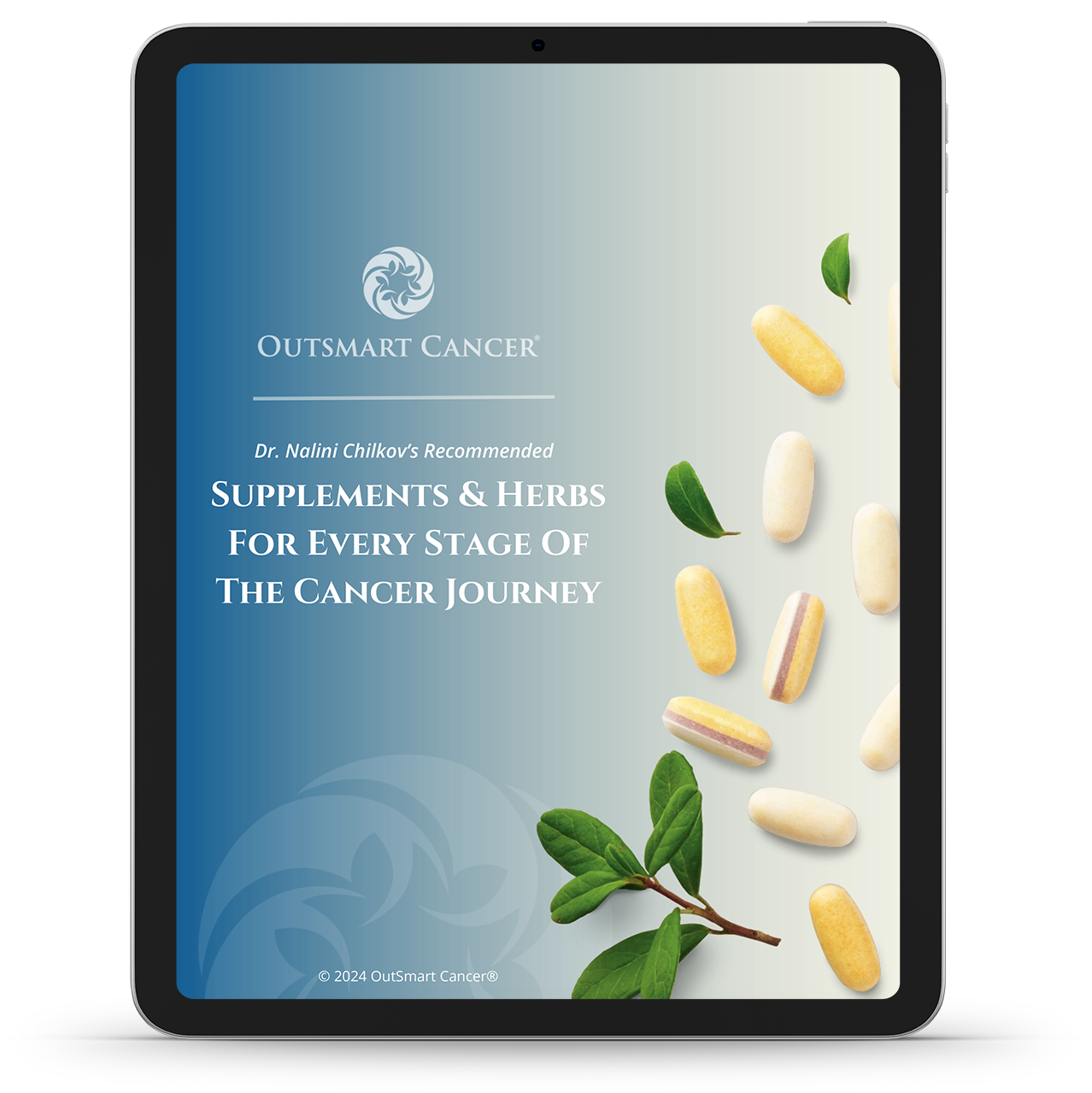
Chinese Medicine teaches us to live in harmony with nature and in harmony with the seasons. This is considered a cornerstone of health, well being and longevity. Autumn is a time to harvest and gather our energy.Within the cosmology of Chinese medicine, human beings are regarded as microcosms of the natural universe. We are subject to the same cycles that occur in nature. Autumn follows on the tail of the harvest, signaling that it is time to prepare for winter. The sap of trees settles into the interior, sinking down toward the roots. With fall comes a sense of gathering in, stocking up, mingled with a sense of loss as the light begins to fade and the air chills. It is a time to eliminate what is unnecessary and become aware of what is essential.
The organ system that shares the power of this season is the Lung. Corresponding to the temperament of autumn, the Lung pulls in and refines the Qi, (energy) sending it downward to nourish our roots. Ruling the skin, the outer limit of the human body, the Lung protects against external invasion and safeguards internal resources. Since autumn is a dry season, we need to protect ourselves from cold air evaporation of moisture from our skin. Moistening, softening, and nurturing foods for this time include white rice, white beans, pears, radishes, sea vegetables, potatoes, cabbage, turnips and parsnips.
The Lung is also responsible for our capacity to discern and discriminate, defining and refining our sense of what is right, morally and ethically. It is the Lung that nourishes our capacity to be analytic, critical, methodical, efficient and disciplined. Autumn reminds us that we reap what we have sown, that all of our actions have consequences. The clarity that comes with autumn enables us to distinguish between the things that contribute not only to our own well being, but also the benefit of others, reminding us that we live in an interdependent world. This capacity will serve us in this election season as we choose leaders who represent our higher aspirations for a peaceful world that equitably shares resources, and a natural environment that can sustain us all.
One of the easiest ways to stay healthy is to get in touch with the energy of the harvest through fresh foods. It is important to transition into eating warmer, cooked foods during this time and keeping the salads and raw foods at bay until next summer.A good guideline about what to eat during the autumn is to locate what is available at your local farmer’s market and use that as a template for building a meal that is appropriate to the season. This goes for autumn and any other season as well.
Vegetables
- Broccoli
- Brussels Sprouts
- Cabbage
- Carrots
- Cauliflower
- Collard Greens
- Italian Parsley
- Fennel
- Jerusalem artichokes (a/k/a sunchokes)
- Kale
- Kohlrabi
- Leeks
- Mushrooms
- Onions
- Parsnips
- Peppers
- Potatoes
- Pumpkins
- Shelling Beans
- Turnips
- Winter Squash
Fruits
- Concord grapes
- Niagara grapes
- Pears
- Apples
Meats
- Duck
- Pheasant
- Rabbit
- Venison
- Wild Turkey
Fish
- Atlantic Mackerel
- Bluefish
- Monkfish
- Native Oysters
- Pacific Salmon
- Red Snapper
- Scallops (bay and sea)
Kale is a great ingredient for seasonal eaters as it is one of the few green vegetables that are more abundant and flavorful during autumn and winter. It can be substituted for cabbage or spinach and makes a fine side dish when blanched. Kale is a nutritionally rich food containing:
- vitamins A, C and E
- a substantial mineral content including manganese, iron, calcium and potassium
- phytochemicals such as sulphoraphane (linked to cancer prevention)
You might also like:
The Cancer Fighting Kitchen
Three Potent Chinese Herbs Rich in Anti Oxidants
Cordyceps: Cancer Support and Immune Modulation



